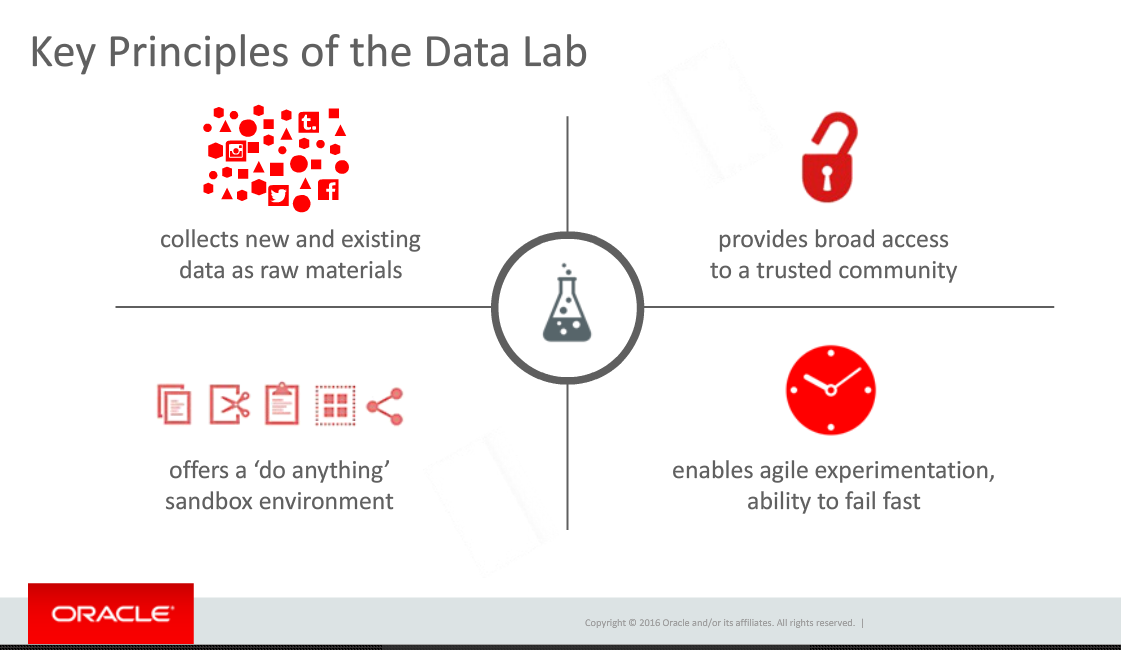The new books section of my library had a text I almost didn’t check out. Unfortunately, I did. It’s “The Content Trap” by Bharat Anand, and it’s another great example of what academics miss about the real world. The book, from the fly leaf and introduction, presents itself as attempting to say that social networks are important and content isn’t. While the recent presidential election might imply that’s true, the author is supposedly knowledgeable about business and is focused on helping management strategy.
The problem is that I didn’t get twenty pages into the book before Mr. Anand displayed his complete misunderstanding of the business of technology. His chapter three is about “networks” and the first example purports to explain why Apple lost to Microsoft in the 1980s. He provides some semantically nil blather about “direct network effects” and “indirect network effects,” while assiduously avoiding what happened.
There are a number of reasons for Apple’s failure to get a significant market share at that time, among which are:
- Jobs and Wozniak ran a perfectionist organization while Gates and Allen quickly got “good enough” products to the market.
- Microsoft’s founders understood what IBM’s off-the-shelf production meant for rapidly entering a market while Apple wanted complete control of hardware, software and networking.
- Apple went for high-end price and élan rather than the factors that attract a business market quickly looking to move many things off of the mainframe and onto a manager’s desk.
- While Microsoft quickly adapted to larger screens, more functional mice, and other newer technology easier for business users, Apple stuck with the Mac’s small screen, one button mouse, and other limitations for far too long.
While the author talks about “network effects,” he doesn’t seem to show any understanding of the key products that provided that for Microsoft: The elements that became Microsoft Office: In particular, the spreadsheet. To talk about networks at a high, completely theoretical, level while claiming to give a case study does nothing to display an understanding of the issues involved.
That brings us back to Mr. Anand’s primary, fallacious, point. The PC didn’t create a network. Mainframe reports already provided to the network. His page 13 graphic about the hub and spoke versus multiple connection network has a simplistic accuracy but again misses the point. In the traditional method, most content was centralized. What he misses is that it’s not just users talking to each other around central content, as he presents, but each user having his or her own content that needs to integrate which changed.
The spreadsheet, and so many things since then, allowed individual managers to create their own content and then share it, faster than they previously could do the same. That led to a speed-up of business reactions.
However, it also led to multiple versions of content and the question of “versions of truth” that those of us in business intelligence daily address. We understand the power of networks, but also understand that without content and control over it business will have serious problems.
Content and networks can be seen as two halves of a coin. However, as the Apple example shows, they’re really two faces of a die, with many other factors that also matter. Bharat Anand doesn’t seem to comprehend that, but seems to instead to be quickly taking advantage of a market condition to abuse a network without content. It’s clear that, if you’re only interested in making money, networks will help. For example, an impressive academic title might get a lot of libraries to buy your book. However, to be truly of value, there must be content. The Content Trap lacks content. The author has made money, he’s added another line to his CV, but he’s added nothing of value to the ecosystem.
Nobody in business should pay attention to this book.
